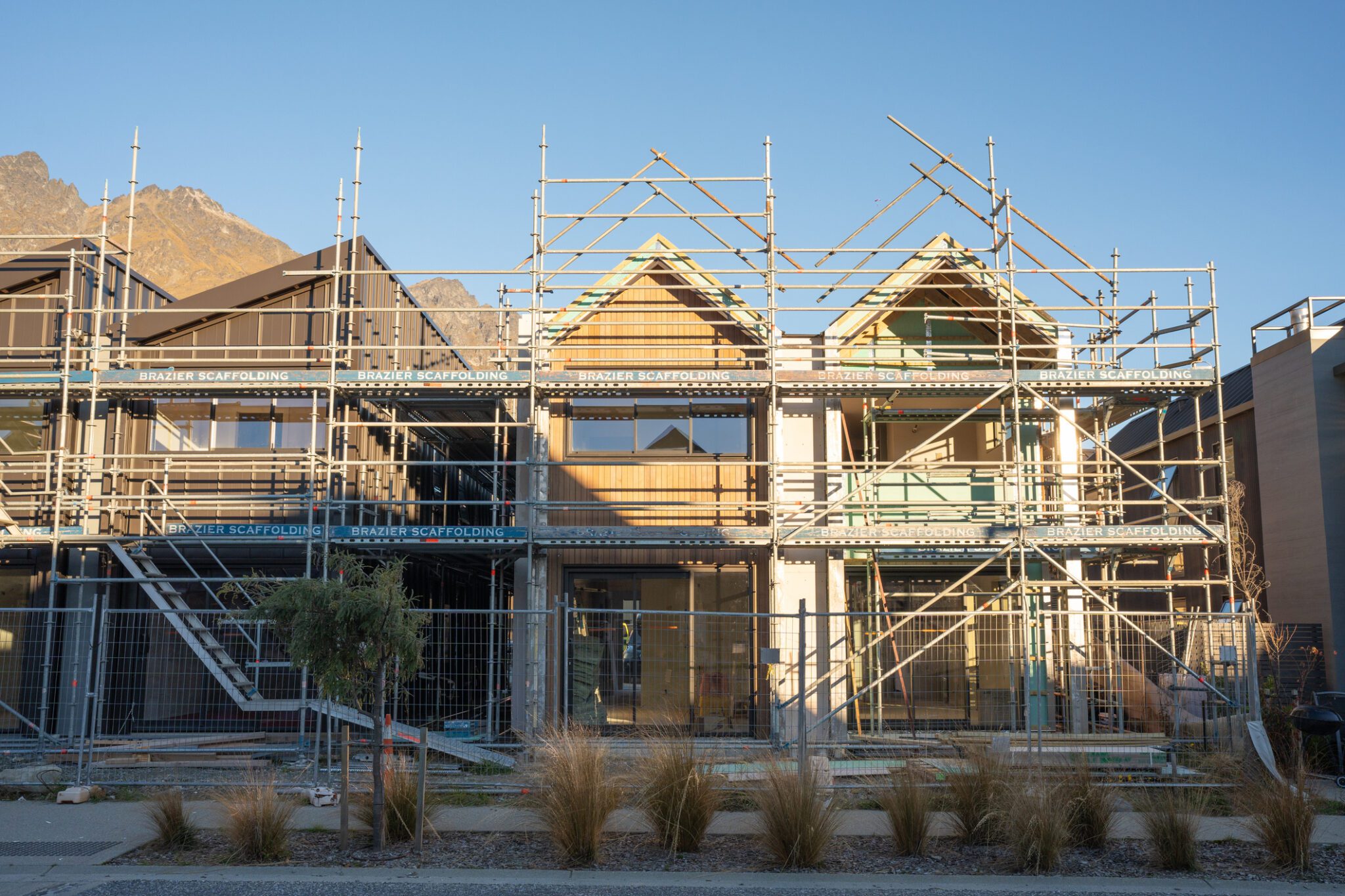Government announces change to joint and several liability regime
The Government has announced the biggest change to New Zealand’s building industry in decades.
In an effort to speed up the building consent process and reduce costs, the Government intends to:
- scrap the current joint and several liability regime, and replace it with proportionate liability;
- explore options such as requiring professional indemnity insurance and home warranties; and
- allow councils to voluntarily consolidate their Building Consent Authorities (BCAs) functions with each other.
Joint and several v proportionate liability
The current joint and several liability regime means that all defendants (usually those who have worked on the building of a property in a variety of roles and the consenting authority) are jointly liable for the entire cost of repairs incurred by a plaintiff (usually the building owner). Where one defendant is insolvent, the others will need to cover that defendant’s share.
The effects of the rule have been particularly pronounced, and a source of concern, due to the proliferation of ‘leaky building’ claims in the early 2000’s. Defendants who are likely to be insured (architects, engineers, and project managers) and local councils are often the ‘last men standing’, despite varying levels of responsibility for the plaintiff’s loss.
The Government’s view is that the large payouts that councils have been required to make over the past few decades have led to councils being highly risk-averse when issuing consents and carrying out inspections (resulting in builders facing delays and cost escalations), as well as ratepayers paying higher rates.
In contrast, proportionate liability means that each defendant would only be responsible for the work they carried out or the decisions they signed off. The rule means that a plaintiff can only recover a portion of its loss from each defendant, and so would have to join every potential defendant to recover the total loss. If a defendant is unavailable or insolvent, the plaintiff will bear the loss, unless they can look to insurance.
Mandatory professional indemnity insurance and home warranties
The change to proportionate liability can create significant risks to property owners in the event of a defendant’s (or multiple defendants’) insolvency. When the Law Commission released its report, Liability of Multiple Defendants, in 2014, it recommended that liability remain joint and several unless a comprehensive residential building guarantee scheme was implemented.
The Government’s announcement included an intention to consult with the building sector about a mandatory home warranty scheme. This is likely to be along the lines of a Master Build Guarantee or New Zealand Certified Builders’ Halo and would be compulsory for every new residential build.
Similarly, there will be consultation about a proposal that every party involved in a commercial building project would be expected to have comprehensive professional indemnity insurance. Many already do, but this would ensure universal coverage. This consultation will need to include ensuring that suitable insurance products are available. The willingness of the insurance industry to provide professional indemnity insurance or similar products to building contractors is a noticeably unaddressed issue.
Consolidation of Building Consent Authorities
The final part of the Government’s announcement was that councils will be allowed to voluntarily consolidate their Building Consent Authority (BCA) functions with each other.
This change would assist builders, designers, and homeowners by standardizing different interpretations of the Building Code. The Government has received reports where builders’ paperwork that would be accepted by one authority was being rejected by a neighbouring authority simply because each BCA applies the rules differently.
The Government indicated that many councils have asked for this change. At present councils did pass on some of the work to other councils on a contract basis but the council that passed it on still remained liable. A formalised consolidation of BCAs could avoid this. This change will also allow councils to share resources like building inspectors and IT systems and pass the savings on to ratepayers.
The next steps
The legislation to implement these changes is expected to be introduced early next year, and the Government has indicated that it expects that the changes will be in force by mid-2026. We will provide a more detailed analysis of these proposed changes soon and will continue to provide updates when further announcements are made.
If you have any questions about the new proportionate liability scheme, or about liability for building defects generally, please contact a member of our insurance litigation team.
Disclaimer: The content of this article is general in nature and not intended as a substitute for specific professional advice on any matter and should not be relied upon for that purpose.






